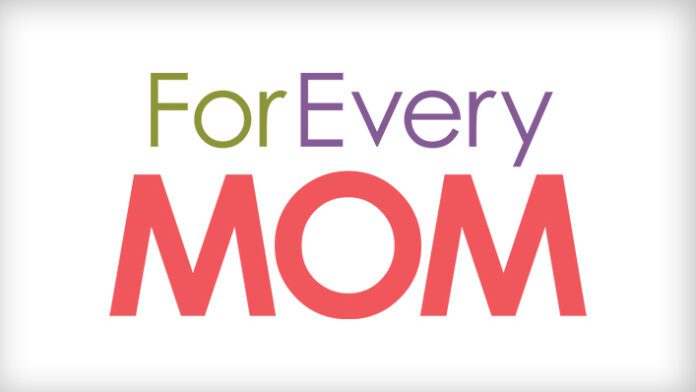In a large urban district like Metro Nashville Public Schools, my biracial children felt rather comfortable. There were other brown faces in their classrooms. For the most part, they didn’t stand out as “different.”
Of course, they did encounter the occasional question about ethnicity from a peer. One of my sons even had a white teacher treat him unfairly because of the color of his skin.
But, for the most part, my kids felt like they belonged in their diverse schools.
When my kids transferred to a suburban school filled with mostly white students, things changed, and they felt the sting of being different. Since my daughter is light-skinned, she could “pass” for white. Although she was hesitant to let go of her identity as a strong, young black woman, she did hide it. It was easier – less painful in some ways – to try to fit in. Watching her struggle, I questioned myself. “Haven’t I taught my children about equality? It’s what’s on the inside that counts.”
“Yes, but not at the cost of denying who you really are,” I thought.
For my youngest son, there is no “passing.” His ethnicity isn’t obvious just by looking at his skin tone, but it’s clear enough for the white kids to tell he wasn’t like them. “Why don’t you go back to Mexico?,” the boys taunted. “You’re a n*****!,” they’d torment. “That’s why you wear those shoes,” a girl snarled. Each and every time, he would go to the school counselor, a black educator in a predominantly affluent, white district, and tell her what was said. “We have to document this. Nobody will believe us unless we document it,” she explained, understanding how the system works. When he would share with me, I would vacillate between tears and tirades. How could anyone treat another child that way? How could anyone say those things to my beautiful boy?!
The United States of America has been divided by race, class, and creed, but we are trying to find our way together. Our new civil rights conversation is occurring while we are experiencing the browning of America. According to the U.S. Census Bureau, more than half of all Americans are projected to belong to a minority group by 2044.
Lest we think this is just a black-white issue, consider what a friend of mine who works in Louisiana’s public schools recently shared with me: “Hispanic students are immigrating to these schools, and the black students who grew up in the area feel threatened.”
As educators and community leaders, our job is to make our schools safe places where everyone is seen, known, valued, and loved. We want our students and families to know they belong. How can we do that? Here are some ideas:
1. Diverse representation
Be sure that the staff and materials mirror the student population. Hire minority BIPOC educators. Curate a culturally diverse library. Place pictures and posters on the walls of students of every color.
2. Intentional communication about values
Provide explicit instruction about:


